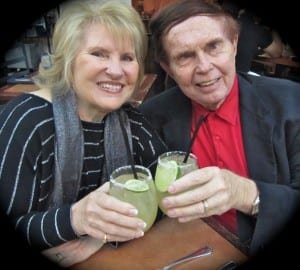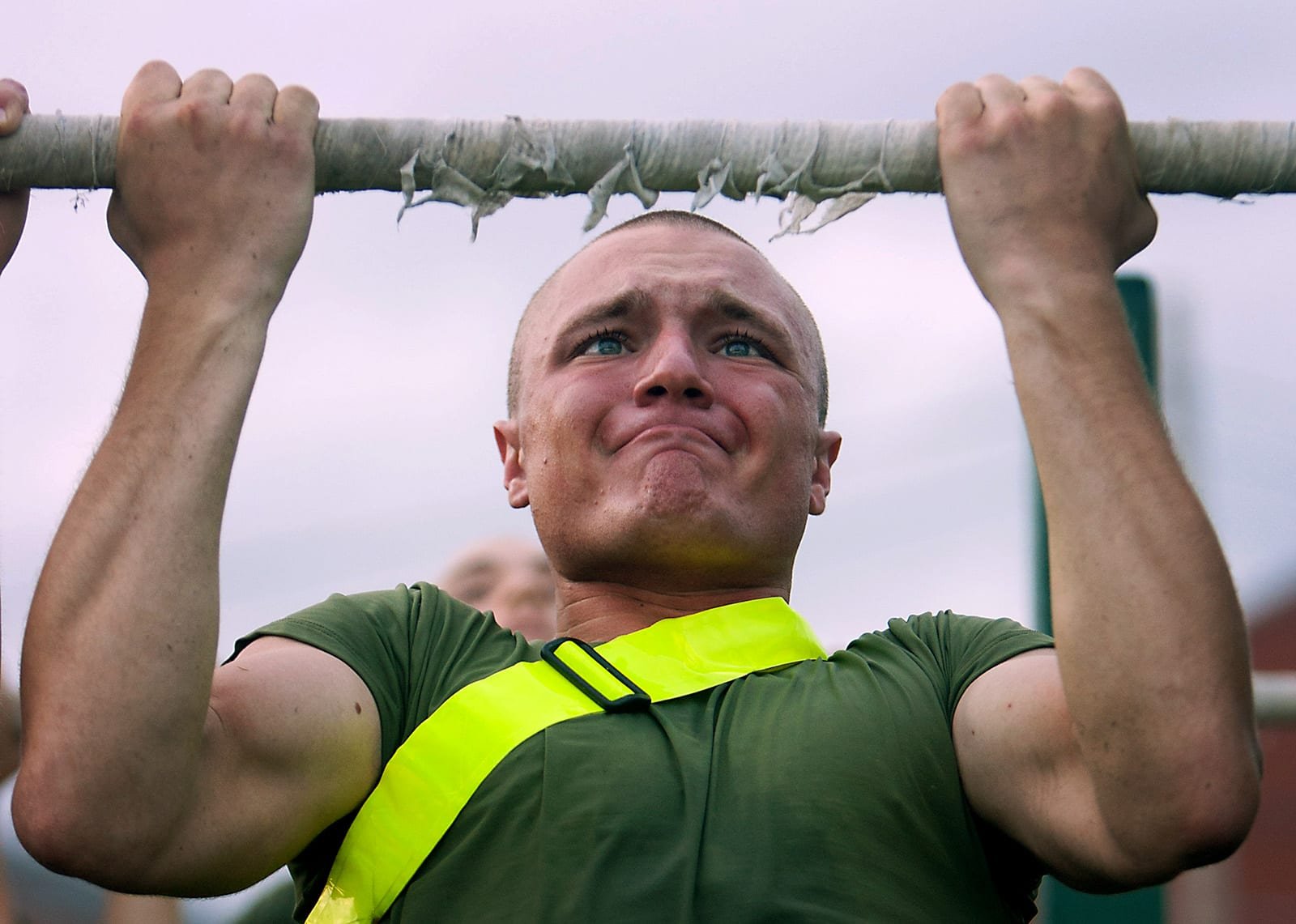By Maralyn D. Hill & Norman E. Hill
Switzerland was a European Union before there even was an EU. It combines ethnicities of German, French, and Italian, who have lived in peace and prosperity for, arguably, several hundreds of years. Similarly, Protestants and Catholics have worked together for at least as long a period of time.
Our International Food Wine & Travel Writers Association (IFWTWA) trip to this magical country lasted a week. We studied the federal government makeup of 23 cantons with 7.7 million population. Because of a half canton split, some descriptions say 26 cantons. Of this total, 19 cantons are primarily German, 4 are French, and some of the remaining local governments are Italian and bilingual. In addition, one small canton features the Rumantsch language, an offshoot of Latin. We learned that Swiss German (the predominant language of 64% of the population) is quite different from most regular German dialects. However, Swiss French is just about the same as official French.
The Alps are closely associated with the country, featuring rugged mountain peaks and challenging ski routes. But much of the rest of the country is lower level and suited for various agricultural and dairy pursuits. In this way, there are an incredible variety of sites and geographical variations to visit and experience.
Switzerland has substantial industry, mostly on the high tech, banking, and pharmaceutical side. The chocolate maker, Nestle, is well known around the world. In addition, the dairy industry predominates in agriculture, resulting in cheese and related manufactures. Tourism also provides employment to many of its citizens.
The country’s railway system (Swiss Travel System) is extensive and provides convenient and dependable transportation to just about any locale. Swiss Travel System passes allow complete use of the public transportation system, trains, postal buses, boats, etc. In addition to having 4, 8, 15, 22 day, or month long passes, there are all sorts of alternatives. Another benefit from these passes is entrance to approximately 450 museums and numerous other discounts. A terrific feature is checking your baggage at the airport and picking it up at a train station in a little town you may be visiting.
Switzerland’s History:
In any tour of Switzerland, some knowledge of its complex history is beneficial to gain better understanding of the country’s beauty.
The southern part of the country was well known by Roman conquerors. Earlier Celtic inhabitants, known as Helvetians, were conquered by Rome. In turn, the Romans faced later invasions of Switzerland by German tribes from farther north. One town, Yverdon, being close to sources of the Rhine, Danube, and Rhone Rivers, was even classified as a Roman naval base.
Over the centuries, the Hapsburg dynasty of Austria conquered much of modern Switzerland. Various cities and regions, known as cantons, gradually became free of Austria through armed conflicts. William Tell really did exist and is revered as a hero in these conflicts. This confederation won several key victories in the 14th and 15th centuries. By 1499, most of the cantons, known as the confederation, had become free of the Austrian Hapsburgs, although not until the end of the bloody 30 year war and the Treaty of Westphalia was this situation formally recognized.
During this period, Switzerland, like much of Europe, was torn with conflicts between Protestants (led by Zwingli and Calvin) and Catholics. For a while, Napoleon protected Swiss independence. Later conflicts persisted in the first half of the 19th century, until 1848. Then, the current federal government structure of the country was established, which largely exists through this day.
A key part of the Swiss political tradition has been neutrality from the armed conflicts of other nations. This allowed the country to stay neutral in both world wars of the 20th century. Apparently, as an additional tactic, the Nazis had to be threatened by a massive demolition of all Swiss tunnels to call off their armed invasion.
Swiss banking facilities today are used by a variety of peoples around the globe. For more about the history from Norm Hill’s point of view, please click here.
Off the Beaten Track:
The Appenzell region lies in the eastern part of the country. Although German tourists often visit and wellness spas and thermal facilities are common, American travelers to this part of Switzerland are relatively rare. We stayed in this area at the Hof Weissbad Hotel, noted for the above features. With an M.D. and therapists on board, it is a destination for rehab as well as spa goers. In addition, its food is exceptional. This picturesque canton of Appenzell is located close to Lake Constance. There are bikes at your disposal, both motorized and regular. However, the train station is 1 block away.
About half of our tour started in this Appenzell region. We began with a visit to the picturesque town of Appenzell itself.
Our activities included:
The metal artist, Hampi Fassler, continues the tradition of his father in making very intricate, also expensive, belts and related wearing apparel, cow bells with intricate carvings and holders, and numerous other brass and silver adornments. His craftsmanship is recognized worldwide. He carves out the designs with a hacksaw and must go through many blades. We each had the opportunity to make a key holder to get the feel of the hand crafting technique.
Thomas Sutter, a local musician, trained our group in the Swiss art of yodeling. He apparently had enough confidence in our newly won expertise to allow us to yodel in the public square. We think he was as shocked as we were that we all caught on so fast. We went from apprehension to fun in a short hour or so.
We baked our own samples of Biberli, in the pastry bakery at the Adler Hotel. This combination of gingerbread and filling is a holiday favorite.
The next day, some of our group took a combination train and bus ride to a cable car, going up to Mt. Santis. This is Appenzell’s primary mountain. When the cable car let us out, we continued up a stairway to see stunning views of valleys below. Our guide pointed out far away views of Austria, Liechtenstein, and Germany. Although some early ice was on stairways, we negotiated our way down to a picturesque restaurant.
On the bus portion of this trip, we saw a parade of Swiss cows. In September, herds of these dairy cows venture down from high pastures to escape impending snowfalls. They are carefully guided by farmers and their dogs. Even though our bus had to wait for their leisurely passage, we thoroughly enjoyed watching them. This type of cow viewing was repeated for us several times. No one knows which day which farmer is going to bring cows down from the high pastures. The cows were clean, wearing their bells, and the family and cowhands were decked out in their finest Appenzell clothing. The pride of the owners was obvious and well deserved.
One of our dinners was at the picturesque Hotel Bären, located up in the small village of Schlatt. By sunset and evening, views of the surrounding countryside below were stunning.
Somewhat More on Track:
The second part of our tour was to somewhat better known regions. When we arrived in the city of Yverdon-
For centuries, Yverdon was plagued by lake flooding. Then, by lowering the lake, the town itself was elevated to a safer level. This aided both commerce in the town and local agriculture. Some relocation of birds and other animals resulted, but the overall result was positive to Swiss citizens.
Yverdon is noted for its spas, some of which feature remains that go back to Roman times. This is considered the “thermal capital” of French-
Upon departing the boat, we lunched at Café Restaurant Au Bon Vin. The chef/owner, with worldwide experience, prepared an intimate delightful lunch, followed by a tour of his art gallery. Then we boarded the “Oldtimer Bus” to Vignoble Cousin for a wine and chocolate tasting with Guy Cousin. His passion for his wine radiated.
After checking into the absolutely beautiful Grand Hôtel des Bains, we had time for use of its thermal baths before an extraordinary welcoming aperitif and dinner. What a treasure!
The next morning, we toured the charming village close to the hotel. We were too early for the museum that housed the earliest drawings of New York City, or the car museum with Greta Garbo’s white Rolls Royce convertible. However, the history of the castle, as well as the three main streets of this village, was captivating. When we entered a little food store featuring only local products, all of our cameras started clicking, as we were in sheer heaven.
After another delicious meal at Café-
On we continued to the Hotel Prealpina. Our rooms overlooked Lake Geneva and what a relaxing and beautiful site. After time to rest, we enjoyed a fine dinner in the beautiful surroundings of this property.
On our last day, Friday, we took the train again to the city of Lausanne and checked into the Best Western Mirabeau. This hotel provided exceptional rooms and service and was located within walking distance from train station and subway. Our guide showed us the various hilly levels of this historic town. It featured a subway system that ran up and down the three levels of the city. This made its San Francisco-
A key part of our tour was to a local chocolate maker at Dürig Chocolatier. Its knowledge, passed from father to son, has resulted in world recognition. The shop’s owner let us complete some chocolate coins. We each tested our skill decorating our own.
Lausanne features at least three chocolatiers of this caliber and many other good ones.
Our afternoon tour was to the Olympic Museum. This building featured a very impressive array of photos and memorabilia of past Olympic games and a nice restaurant. After time to explore the Olympic Museum, we strolled over to the Beau-
A last minute addition to our itinerary was for cheese fondue at LaBarbare. For Norm, personally, making as well as eating fondue had been his introduction to more exotic and what he viewed as sophisticated culinary pleasure. For Maralyn, it brought back memories of a visit in the mid 80s. Our entire group devoured this pre-
The Food:
The varieties of food we enjoyed are almost too numerous to mention. In the Appenzell region, we enjoyed two dinners of venison and fish. In the restaurant by the Mt. Santis cable car, Norm had bratwurst and Maralyn enjoyed fish. One other lunch featured was a “meatburger.”
One lunch at Café Restaurant Au Bon Vin featured a tart for dessert. Its flavor was one of the most intense we have ever experienced where pears were cooked down to a paste.
Our dinners during the latter three nights included some delectable fish offerings and delicious desserts. In every area, we enjoyed to the fullest the local and regional cheeses. Every area had a broad selection to appease any appetite.
We could write no end of articles about Switzerland and our incredible September, 2010 IFWTWA trip. There is a seemingly inexhaustible variety of scenery, food, wine, and, of course, history, worth featuring. Our trip to this country will be a treasured lifetime memory for us. We discovered how much we would enjoy returning to explore different cantons.
If you would like to submit a guest post on food, wine or travel to Where and What in the World, we would be happy to feature your travel experience , drink, special wine tasting, or family or simply delicious recipe. If you go to submission tab, you will see how to submit, as well as have the opportunity of telling us if you would like to would like to be a regular contributor. When uploading a file for submission, you are also able to upload jpgs. Please feel free to put a last paragraph about you and a link to your profile. No html please. You can also include a head shot.
Maralyn D. Hill, The Epicurean Explorer & Norman E. Hill, Journalist
MDH-Board Member & Past President, NEH – Member International Food Wine & Travel Writers Association
Where and What in the World, Books By Hills & Success with Writing























